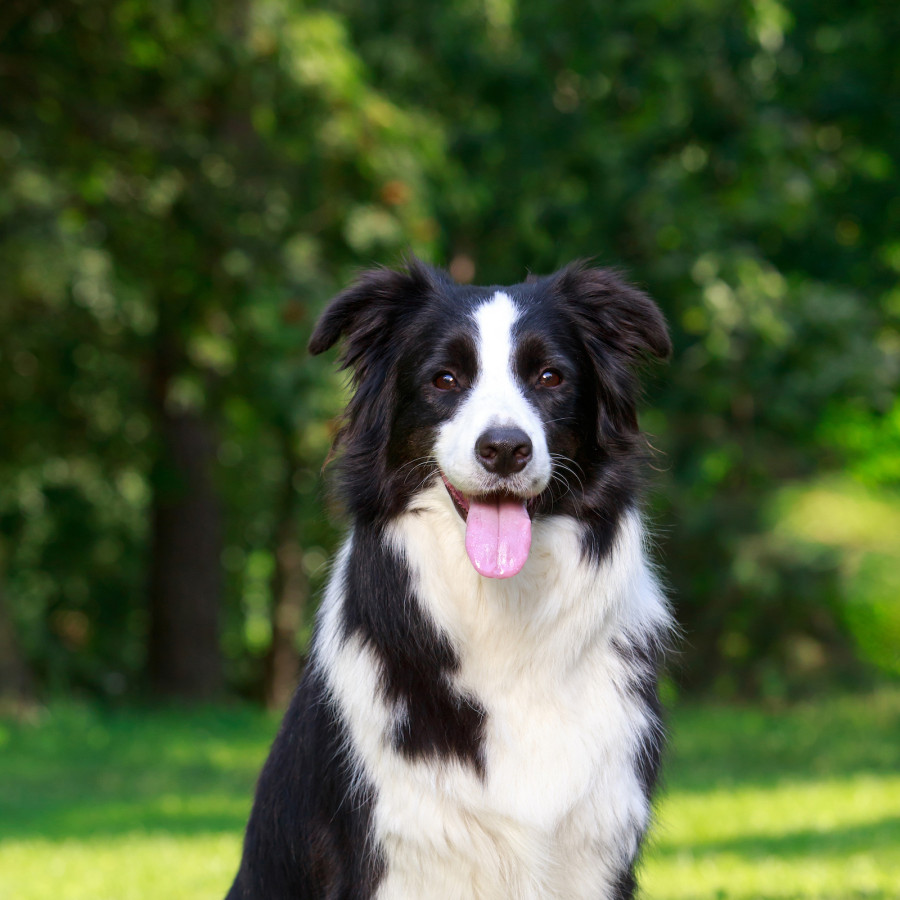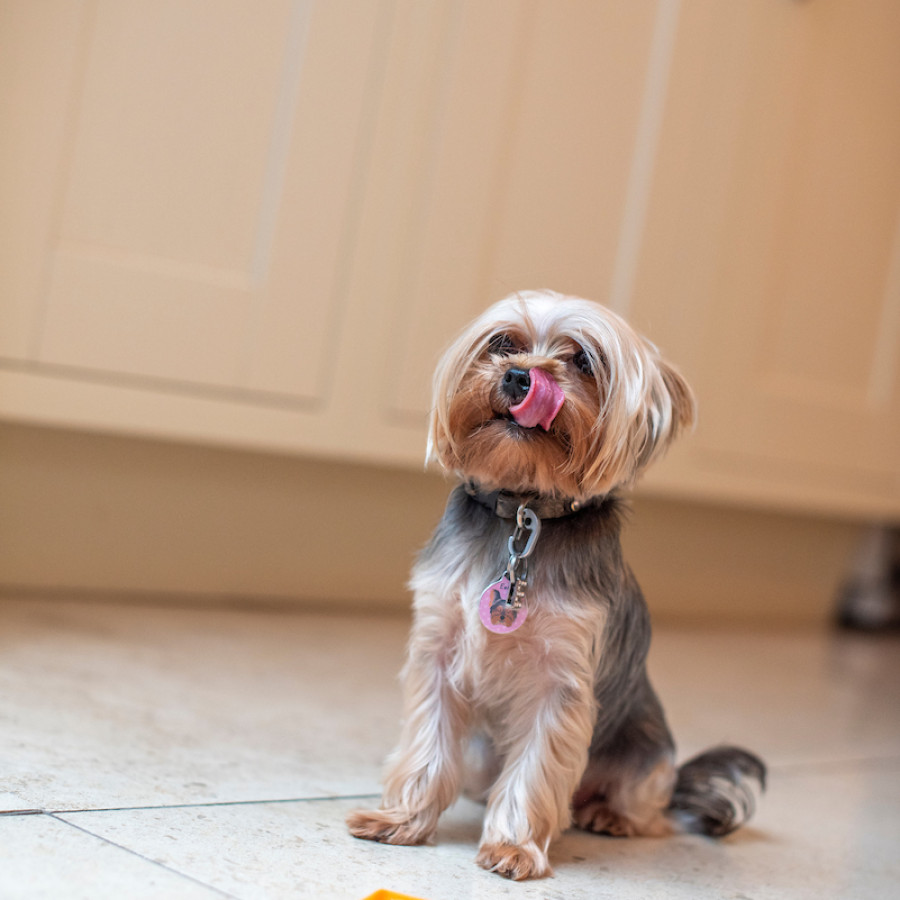
Grace asks
I don't want my dog anymore. Help!
Make sure you have everything you need before you bring your pup home and set up their sleeping area and put up any stairgates or pens to keep them safe.
Puppy proof your home by keeping anything dangerous like electrical wires or poisonous house plants out of reach. You may need to lay on the floor of the rooms for a puppy’s eye view of the exciting things they might want to explore and chew!
Check the boundary or fencing in your garden is secure. If you have a large garden, a puppy pen is a good way of creating a safe toileting area.
Ask your breeder or rehoming organisation to give you details of the pup’s feeding, toileting and sleeping habits. Making sure they keep to these routines for the first few days, will ensure your pup settles into their new home.
When you bring your pup home, it’s important to help them feel safe, so let them sleep near to you at night, which will also mean you’re less likely to have a disturbed sleep.
Limiting access to certain areas of the house can help with housetraining your pup, especially if you have young children. Puppies and children should always be supervised together, and stairgates or pens are great for ensuring your pup’s safety.
To help with a calm night’s sleep for your pup and you, set their crate up next to your own bed, or sleep downstairs on a camp bed/the sofa near them. This means you’ll be close to them if they wake during the night, distressed or panicking and need support. It will help build a strong attachment from which independence can develop.
Take some time off work, if possible, as your puppy will need you to be around for the first few days to settle them in, before you can start gradually training them how to be at home alone.
Research shows that owners who reach out for support from a qualified professional during their pup’s development, who uses kind and effective training methods, will be more likely to have well-balanced adult dogs. Sign up to our Reality of Puppyhood webinar, exploring life with a puppy!
You can provide a cosy and quiet area for your pup to rest in, which is away from noisy and busy parts of the home.
Have a family meeting to discuss who’ll be responsible for making sure the pup’s needs are met. Kids will love to be involved, but the parent(s) should always supervise.
Research puppy classes, local vets, dog walkers and any other pet services you may need BEFORE you bring your pup home.
I was struggling with my dog's anxiety, especially when we had to leave the house. Thanks to Woodgreen's advice, I've made some changes that have worked wonders. By sticking to a consistent routine, my dog knows what to expect each day, which has significantly reduced her anxiety.
This advice really helped me and my new pup! I tried teaching recall without your guidance and struggled. Woodgreen's step-by-step dog training videos break each action down for you and I'm happy to say we finally made progress!

Grace asks
I don't want my dog anymore. Help!
David asks
Why does my dog dig the ground?
Ivan asks
How often should I feed my dog?
